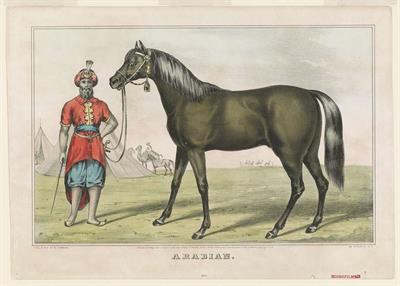
PUMPA - SMART LEARNING
எங்கள் ஆசிரியர்களுடன் 1-ஆன்-1 ஆலோசனை நேரத்தைப் பெறுங்கள். டாப்பர் ஆவதற்கு நாங்கள் பயிற்சி அளிப்போம்
Book Free DemoState:
The capital of the Pandya kings was Madurai. Madurai is known as Koodal in Tamil culture. Popular names for kings include Koodal-kon and Koodal Nagar Kavalan. The Pandyas used their horses to gain a military advantage over their neighbours. They bought these horses from Arabs with whom they had business and cultural links.

An Arabian trader with a horse.
The rulers of Pandya dynasty claimed to be ruling in accordance with the Manu Sastra. This doctrine endorsed the social order in society. Brahmin settlements named Mangalam or Chatur-Vedi-Mangalam were built with irrigation facilities. The actual landowners are known as the Bumiputtirar, also known as the Vellalar. They were referred as nattu-makkal because they were initially locals. Cittira Meli Periyanattar is the name of the group's communal assembly.
Royal officials:
Administrative divisions:
Village administration: